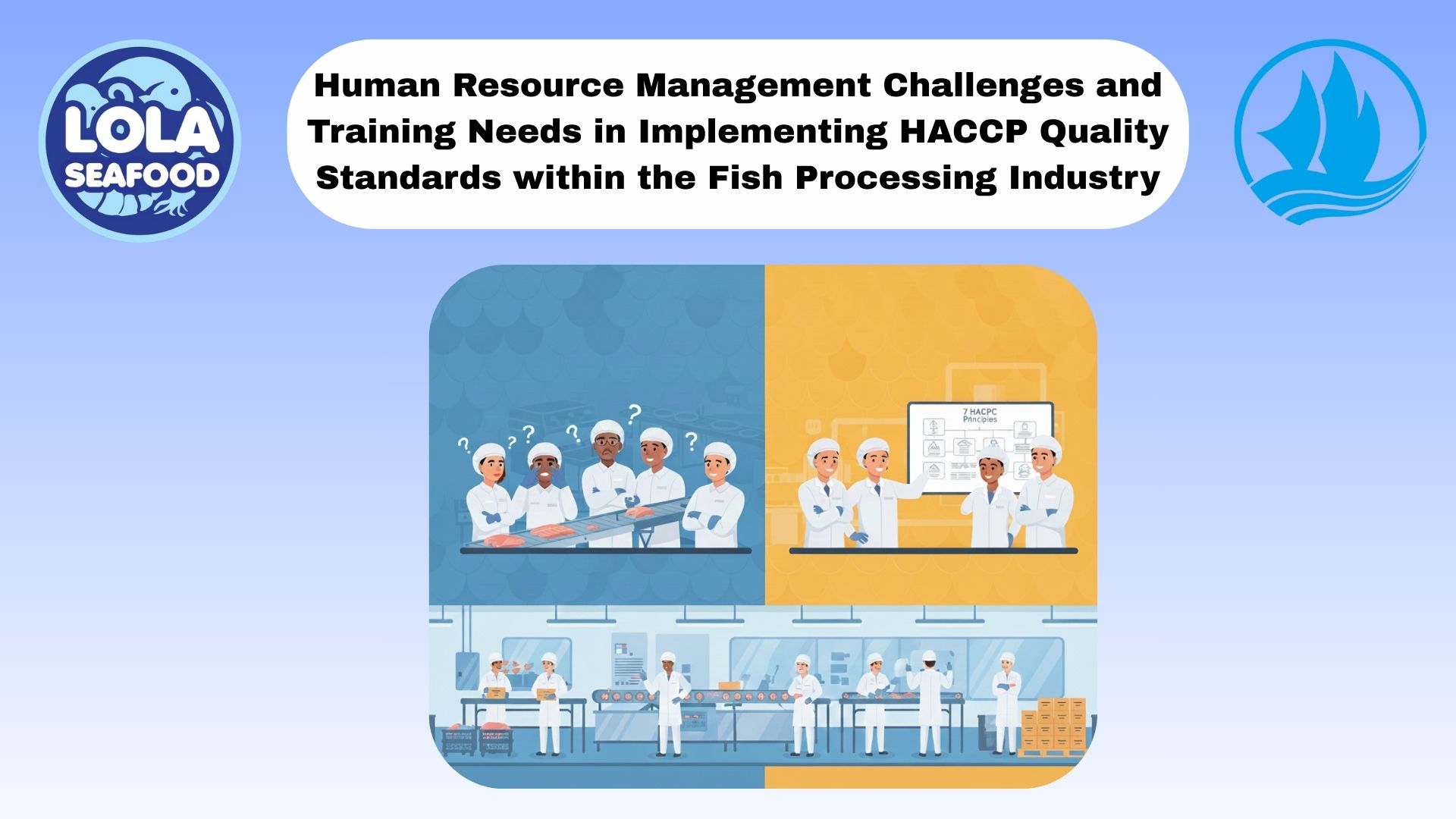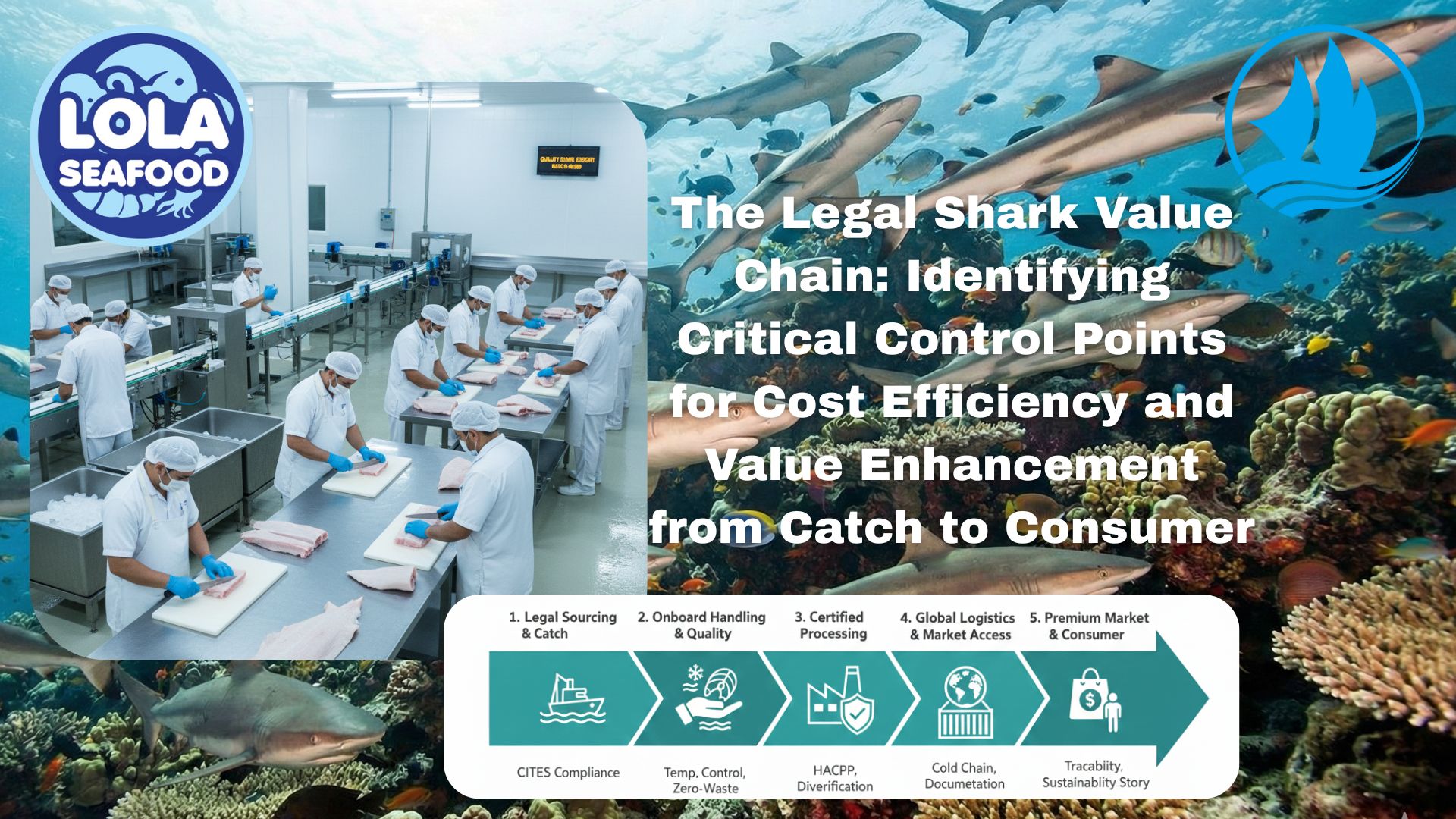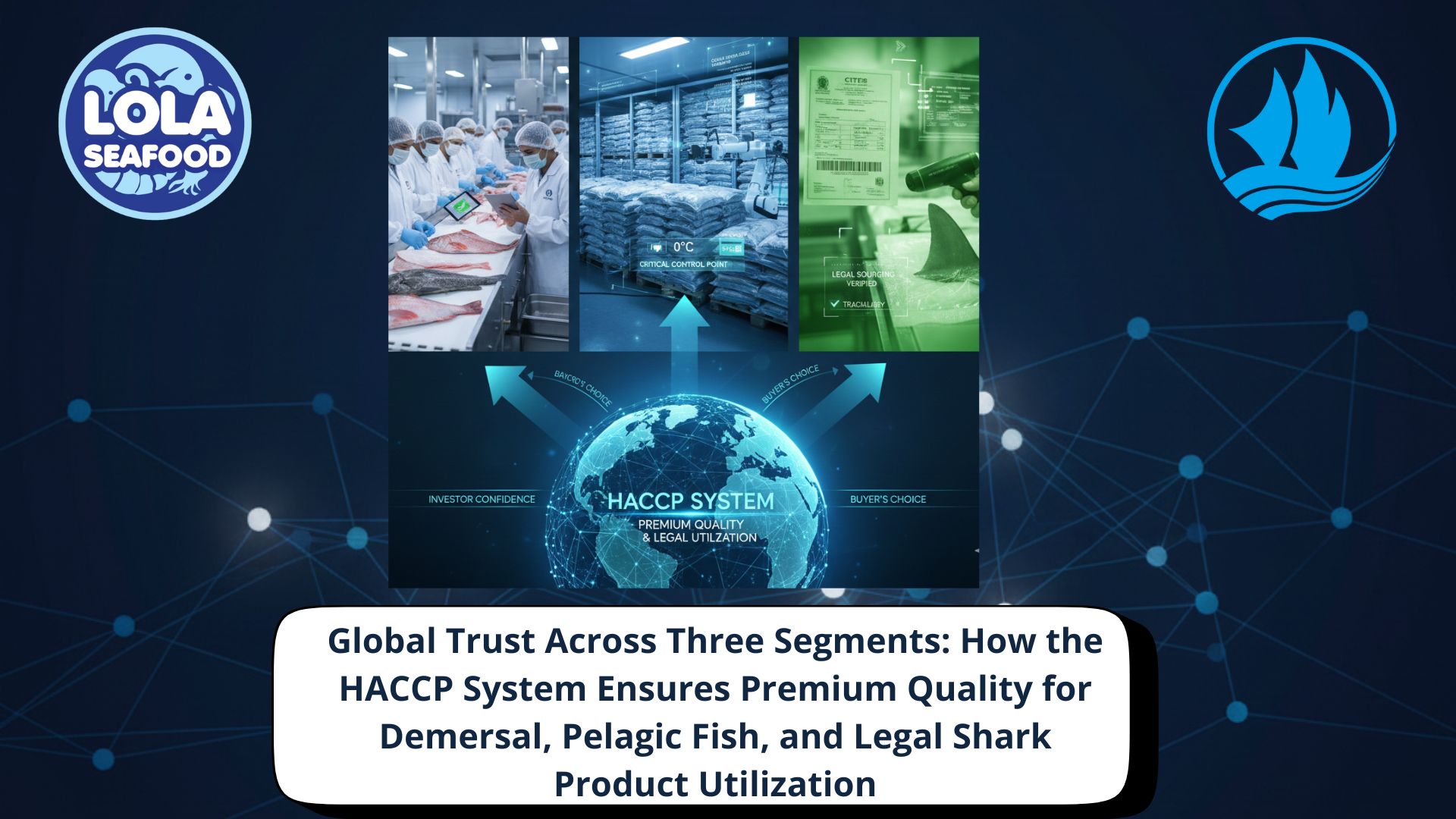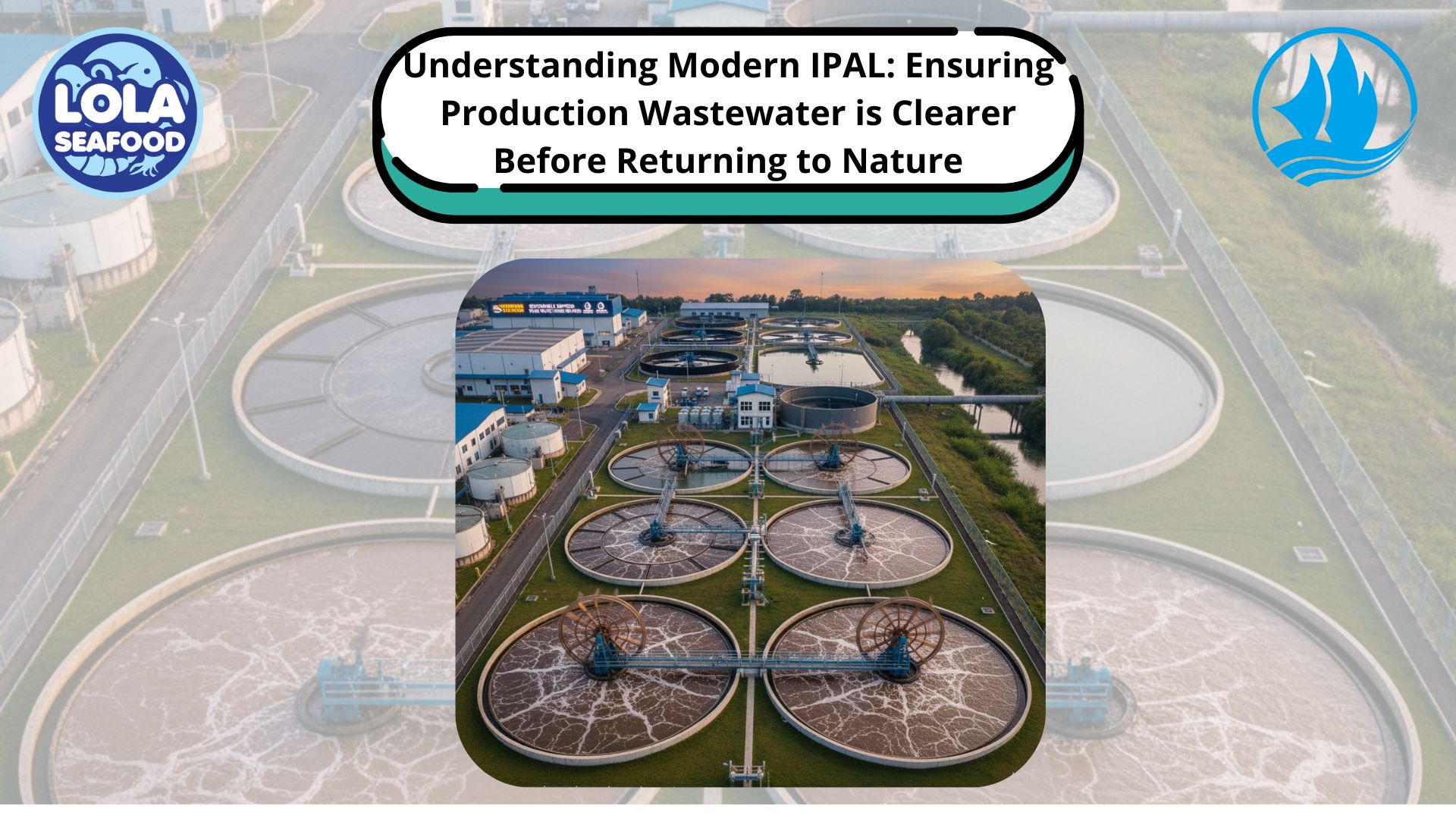Ice, Salt, or Technology? Rethinking Preservation in Fish Processing
By. Puji Widyastuti - 16 Sep 2025.jpg)
Kelolalaut.com Fish is among the most delicate sources of protein in the global food system. Its high moisture and nutrient content make it extremely vulnerable to spoilage if not handled properly. For centuries, humans have relied on ice and salt as the main preservation methods for keeping fish fresh. However, as the seafood industry grows and global markets demand longer shelf life, consistent quality, and safer products, new technological preservation methods are emerging. The question is: should we rely on ice, salt, or embrace technology—or perhaps a combination of all three?
Traditional Preservation
1. Ice Cooling
Ice has been one of the most cost-effective and widely used preservation methods in the fish industry. Crushed ice slows down microbial activity and enzymatic reactions, helping fish maintain freshness during transport and storage. The cold temperature extends shelf life from a few hours to several days, depending on handling.
However, ice has limitations. It requires constant replenishment, takes up storage space, and only delays—not prevents—spoilage. Furthermore, if the cold chain is broken during transportation, the risk of bacterial growth increases significantly.
2. Salting
Salt preservation, whether through dry salting or brining, has been practiced for centuries. It works by reducing water activity in fish tissues, making it harder for bacteria to thrive. Salting not only prolongs shelf life but also gives fish unique flavors, making it popular in traditional products like salted cod or anchovies.
Despite its effectiveness, salting changes the taste, texture, and nutritional profile of fish. With modern consumers demanding “fresh-like” seafood, salt preservation has become less common in mainstream processing and more associated with niche or traditional markets.
Modern Preservation Technologies
The seafood industry is now adopting innovative solutions to extend freshness while retaining the natural qualities of fish. Some of the most promising methods include:
1. Modified Atmosphere Packaging (MAP)
By replacing oxygen inside packaging with gases like carbon dioxide and nitrogen, MAP slows down bacterial growth and oxidation. This method allows fresh fish fillets to remain safe and appealing for longer periods, especially in retail markets.
2. Superchilling and Freezing Technologies
Superchilling stores fish just below the freezing point, reducing microbial activity while preventing complete ice crystallization. Meanwhile, advanced freezing methods like Individual Quick Freezing (IQF) preserve texture, color, and nutrients better than traditional block freezing.
3. Carbon Monoxide (CO) Treatment
In some markets, CO treatment is used to stabilize the color of fish, especially tuna, giving it a fresh red appearance for longer. However, due to regulatory and ethical debates, its use is restricted in certain countries.
4. High-Pressure Processing (HPP)
HPP is a non-thermal method where fish is subjected to extremely high pressure, inactivating harmful microorganisms without heat damage. This preserves the fresh taste, texture, and nutrients while ensuring food safety.
5. Natural Extracts and Biopreservation
Plant-based antioxidants, essential oils, and beneficial bacteria are increasingly being studied as natural preservatives. These methods meet the demand for “clean-label” seafood products, reducing reliance on chemicals.
Balancing Cost, Quality, and Sustainability
Each preservation method—traditional or modern—comes with trade-offs. Ice and salt remain affordable and practical for small-scale fisheries, but they cannot meet the demands of global supply chains. On the other hand, advanced technologies provide better quality and safety but require significant investment, making them more feasible for large-scale processors.
Another important factor is sustainability. Modern consumers and regulators are increasingly concerned about energy use, carbon footprint, and food waste. Preservation methods that extend shelf life and reduce product loss are not only economically beneficial but also crucial for environmental responsibility.
The Future of Fish Preservation
The future of fish processing will likely involve a hybrid approach: combining traditional preservation methods with modern technologies. For example, ice cooling may still be used during transport from fishing vessels, followed by advanced freezing or MAP at processing facilities. At the same time, research into natural preservatives and eco-friendly packaging materials will further enhance both safety and sustainability.
The question of ice, salt, or technology does not have a single answer. Instead, it depends on the scale of operations, target markets, and consumer expectations. Traditional methods remain valuable for their simplicity and low cost, but the seafood industry is increasingly embracing innovative technologies to ensure fish products are fresh, safe, and sustainable. Rethinking preservation is not only about keeping fish from spoiling—it is about shaping the future of seafood in a globalized.
If youre interested in our Shark Belly , Shark Fillet , Shark Flake and Shark Cartilage please do not hesitate to contact us through email and/or whatsapp
.jpg)
The Impact of HACCP-Based Integrated Quality Management Programs on the Quality and Competitiveness of Fresh Demersal Fish Products
 and Employee Productivity on the Demersal Fish Processing Floor.jpg)
The Correlation Between Occupational Health and Safety (OHS) and Employee Productivity on the Demersal Fish Processing Floor

Human Resource Management Challenges and Training Needs in Implementing HACCP Quality Standards within the Fish Processing Industry

The Legal Shark Value Chain: Identifying Critical Control Points for Cost Efficiency and Value Enhancement from Catch to Consumer



.jpg)
 in Meeting Global Protein Demand Sustainably.jpg)